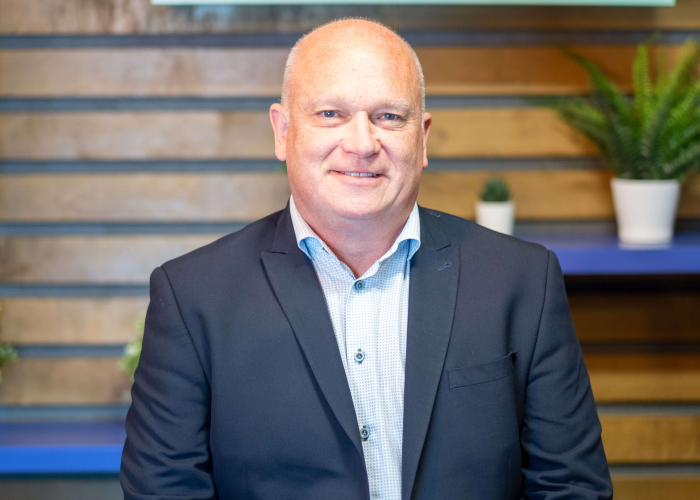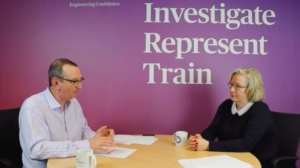It is widely understood that the role of experts in litigation, whether civil or criminal, is to help the Court with complex or specialist matters, which form part of the wider evidence considered in a case, to enable a fair determination to be made.
Used wisely though, the value that an expert can add to your case is so much more.
In this article solicitor Susan Dearden and head of expert services at Finch Consulting, Dr Richard Brown, consider five ways in which expert evidence is likely to more than pay for itself:
-
Avoiding Unnecessary Costs
Because a professional expert is objective, their views do not always support the party instructing them. That is helpful information to have at an early stage if your position is unsustainable.
In the civil courts, in an injury claim, for example, expert evidence can help to ensure early agreement on liability issues, limiting ongoing issues to causation and quantum and avoiding trial costs.
In civil and criminal cases, if expert evidence helps to avoid trial, then the cost saving to which they contribute can be substantial.
And even where a trial is unavoidable, early expert evidence in all Court proceedings can help to ensure that issues are more clearly identified at an early stage by drawing on them in Statements of Case, Prosecution Case Summaries and Defence Statements. This can limit the length of the trial and the number of witnesses needing to be called.
-
Preserving maximum discounts to sentence
In a health and safety prosecution, if a defendant has an early objective expert view on whether or not behaviours or working practices fell below the standards required, it ensures that they can make an informed plea by the time of the first hearing. A plea of guilty at that stage will lead to a one-third discount to any fine that would otherwise have been imposed under the Reduction in Sentence for a Guilty Plea Definitive Guideline. Delay in entering such a plea will immediately reduce the discount to one quarter, and then to a maximum of one-tenth on the first day of trial, or zero if entered during the trial. When the fines in these cases can reach £10m. The forfeited discount is likely to be substantial.
-
Reducing penalty brackets
In health and safety cases, penalties are determined by reference to a Guideline that requires the Court to determine into which sentencing bracket a case falls by reference to culpability and by harm. The difference between penalty starting points within these brackets is often substantial. For example:
Reduction in Harm category: The harm category determination is based on analysis of the likelihood of harm and the seriousness of harm risked. Even if the risk was undoubtedly death, the “likelihood” of harm, which is an area on which an expert can usefully advise, can be category 1, 2 or 3 which, for a company with an annual turnover in excess of £50m means a starting point of between £300,000 and £1,300,000.
Reduction in Culpability category: A key factor relevant to culpability is an analysis of how far short of an appropriate H&S standard did an offender fall. Again, this is something on which expert evidence can be crucial and have substantial repercussions. For example, with a harm category 2 case, for a company with an annual turnover of at least £50m would be looking at a starting point of £100,000 were they assessed to fall in the low culpability bracket and £2,000,000 if in the very high culpability bracket.
Whilst the decision on culpability and harm guideline rests with the Court, well informed expert evidence can be very influential in reducing the bracket which the Court determines is fair in all the circumstances.
-
Mitigation
In health and safety prosecutions, sentences fall within wide brackets under the Sentencing Guideline It would be a false economy to ignore the benefit of strong expert evidence on mitigation in the cases which fall to be sentenced under this guideline. For example, for a company with an annual turnover exceeding £50m, the bracket for a medium culpability harm category 2 case is between £300,000 and £1,500,000 (with a starting point of £600,000). Expert evidence which, for example, provides an objective analysis of what has been done since an accident to ensure there can be no future exposure to the risks identified and on which the conviction has been based, can have a significant impact in keeping the fine considered by the Court to be appropriate, to the lower end of the range.
-
Recoupment
In civil cases, liability may rest with more than one party. Strong expert evidence can provide an objective consideration of the relative role of a range of defaults which can:
- Help inform CPR Part 36 offers to shift the cost risk of the dispute onto others.
- Assist with negotiations to agree apportionment between defendants and so save on litigation costs.
- Assist the court in ensuring your client does not overpay its contribution to the settlement.
If in doubt about how to be maximally effective in instructing an expert, have a look at How to get the most from your instructions to Experts on Finch Consulting’s website which provides a practical guide on everything from identifying your expert, to what information and technical guidance should be given in an instruction.
Sue Dearden is part of Finch Legal and is an experienced health and safety specialist solicitor. Dr Richard Brown heads the Finch Expert team and is a health and safety and behavioural expert. To speak with either of them regarding the value of Experts in Litigation please email [email protected] and [email protected].






